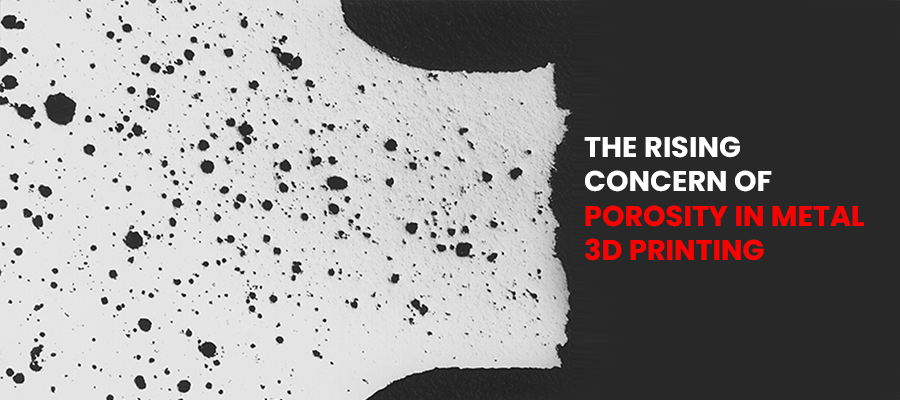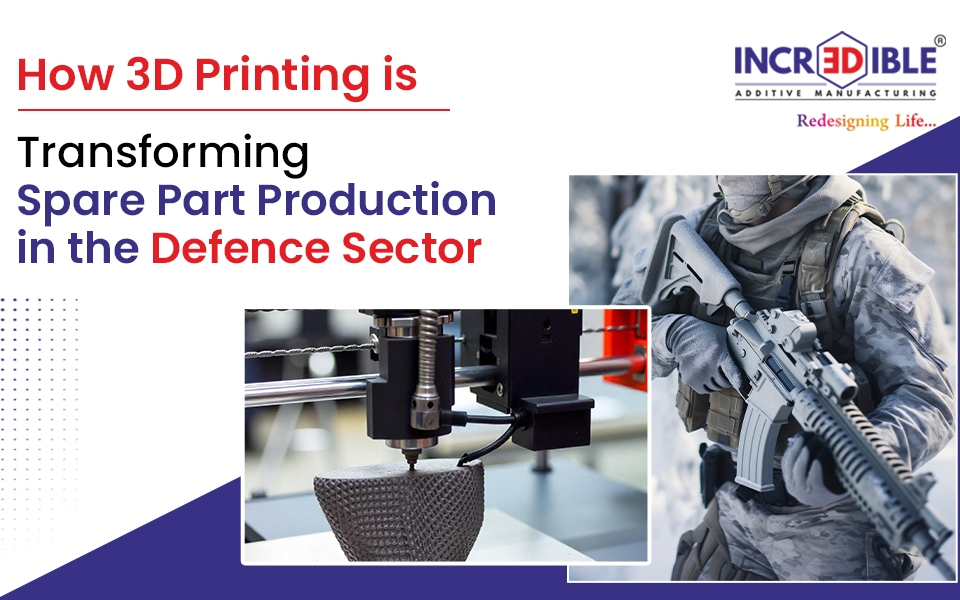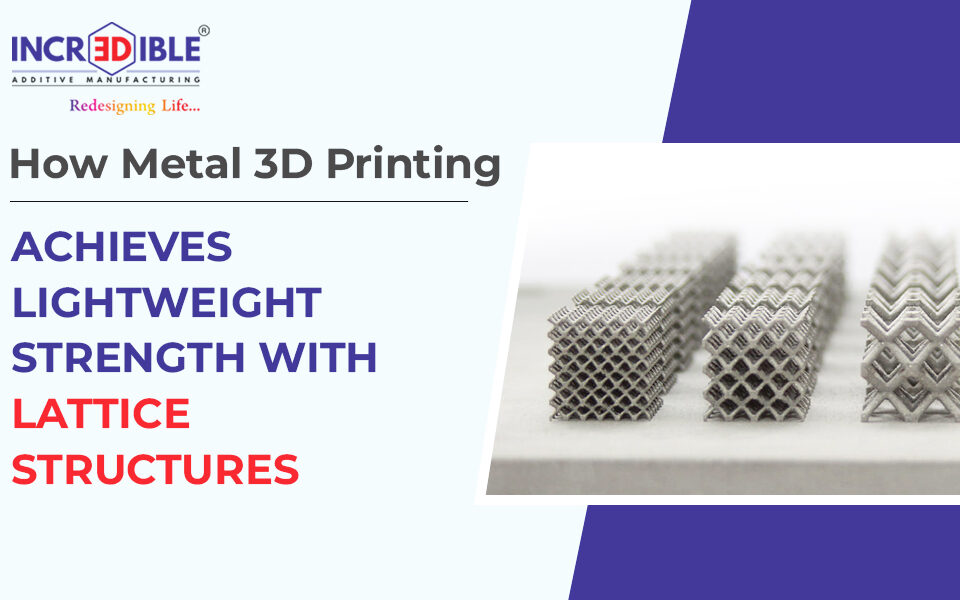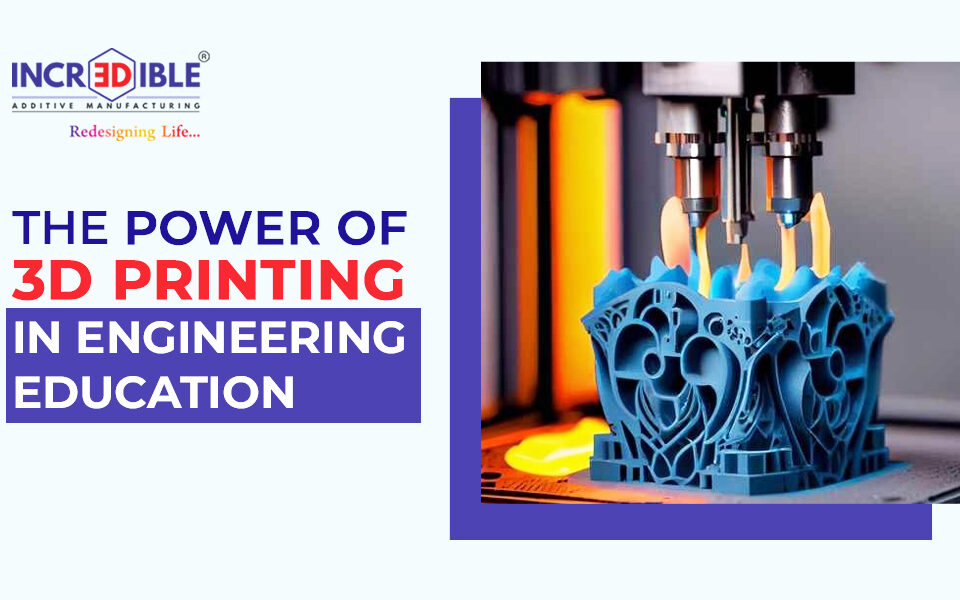The Rising Concern of Porosity in Metal 3D Printing Materials
Metal 3D printing, also known as Additive Manufacturing (AM) is one of the most sensational developments in manufacturing industry. And rightfully so; each material designed for 3d metal printing has its own unique features such as miniatures, jewellery, industrial prototypes, or interior products and Concern of Porosity in Metal 3D Printing Materials.
Industrial manufacturers are already making huge investments for future applications. All credit goes to the flexibility of AM technology which offers designing freedom in geometry without any tooling requirements. One of the greatest achievements of AM technology has been in the field of defense and aerospace. However, there is still a concern regarding the final product and the usage of powder materials. A variation occurred in the powder density can result in rough, porous, and mechanically weak parts.
Powder Bed Density
Powder Bed Fusion process (PBF) is the most commonly used 3d metal printing method today in the field of medical implant and aerospace industries. The metal powder is spread over a defined space in a machine and laser beam melts the powder and the process continues. If the powder spread is not uniform, porosity is an inevitable consequence, porousity in 3d metal printing material is a essential thing. To avoid this phenomenon, controlling powder morphology is pivotal. Even varying powder size on a large extent introduces voids in a part. Experts are researching for a suitable trademark that defines the true purity of metallic powders used for AM process.
The Rising Concern for Porosity
Repeatedly obtaining additively manufactured products is undoubtedly challenging. Though a large number of materials produced are having density over 99.5%
The density of a product is defined by the porousity in material development of pores during the layering process. Mechanically, the porosity occurred in a material adversely affects the toughness and strength of the product manufactured. Stress occurred during the life cycle of the product can slowly initiate cracks and result in a complete failure of the product.
What Makes a Powder Suitable for AM Process?
Image: Incredible powder analysis Lab (Uniform powder size distribution-Titanium powder, 85% powder is below 44 microns) Image: Renishaw Courtesy (spherical Shape)
The metallic powders used for metal 3d printing service must have:
- A spherical shape to ensure an enhanced flow/coating ability and high packing density
- Uniform particle size distribution
- Depending on the machinery requirements and productivity required, the particle’s sizes should be within 30-100 microns
- The metal must have controlled chemical composition.
In general, the refined microstructure produced with additive manufacturing process enhances the strength of the product when compared to conventional casting process. Casted parts show density of around 95-97% where as metal 3D printed parts have 0.3-0.5% porosity. 3D printed parts are functional and can be used in high pressure and temperature applications including aerospace applications.




